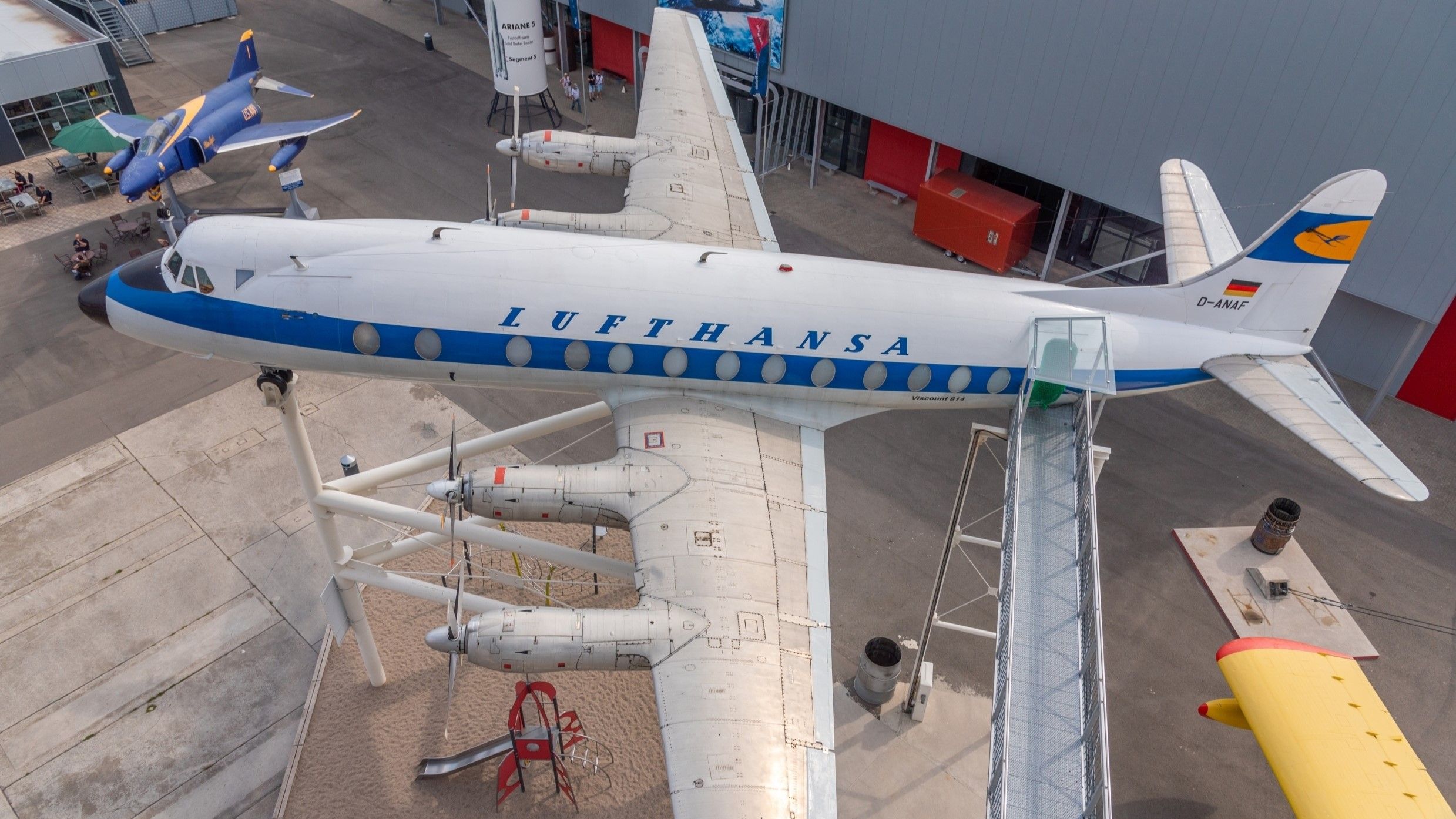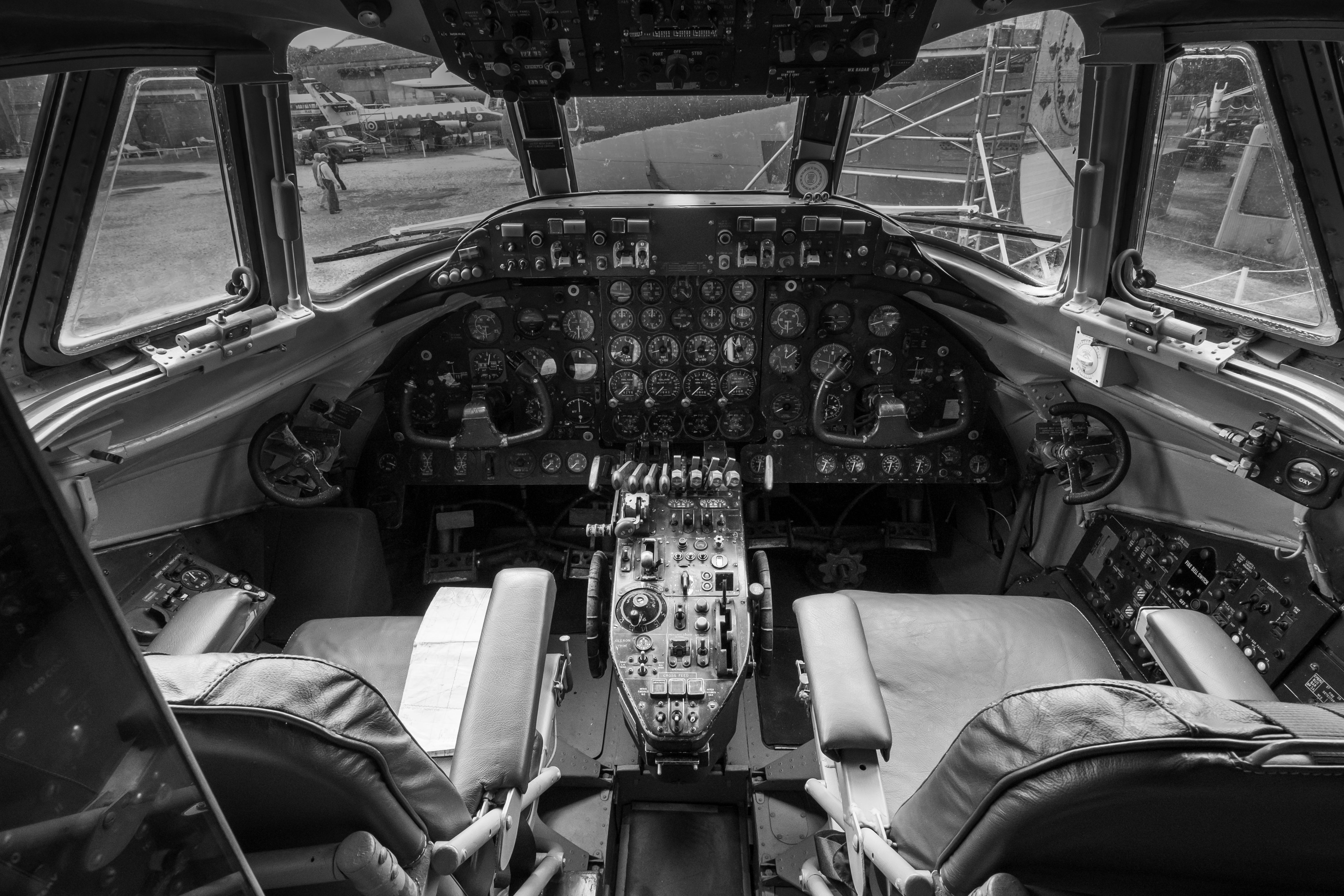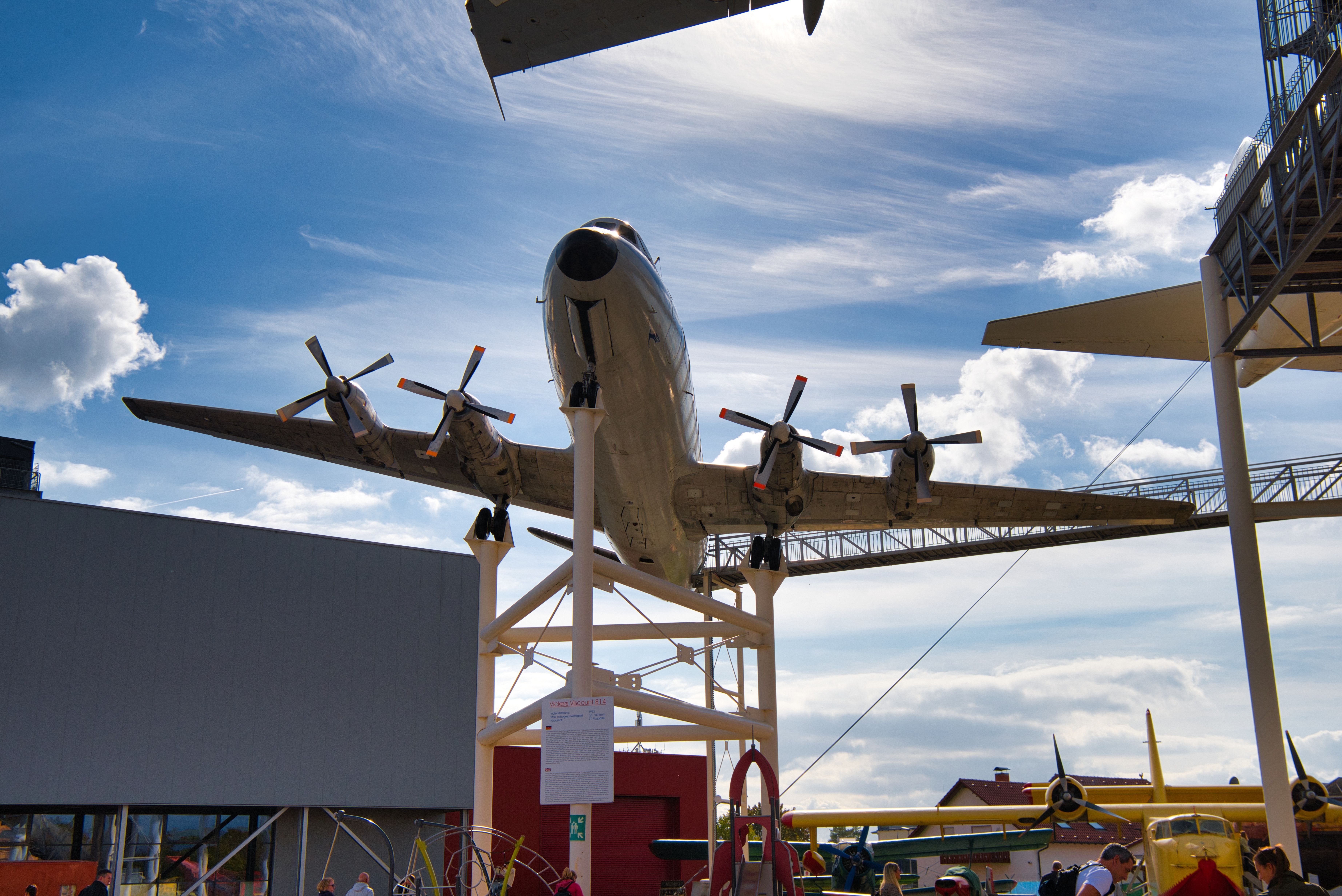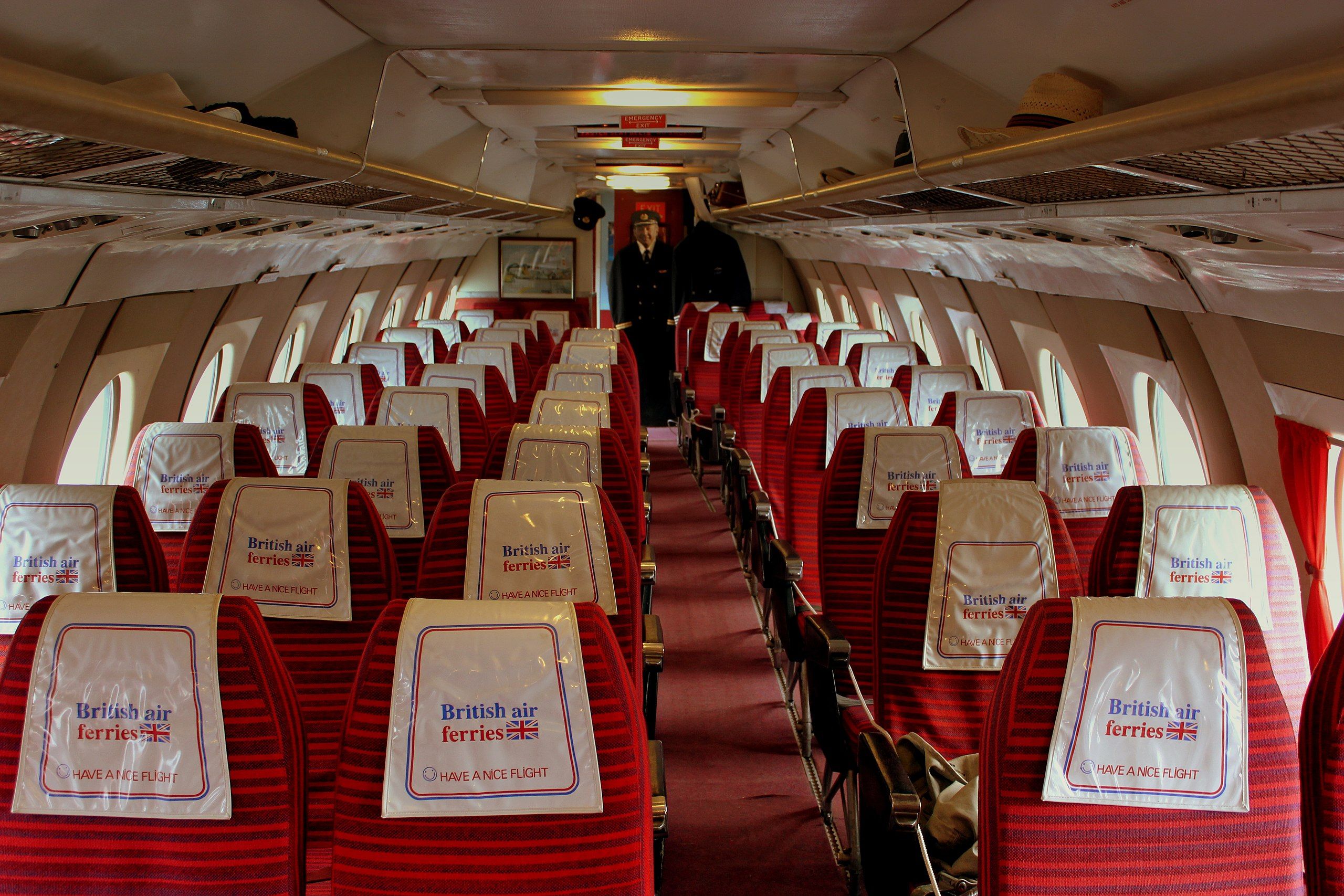Earlier this year, April 18th marked 68 years since the Vickers Viscount was introduced into commercial service with British European Airways (BEA). Notably, the British medium-range production aircraft became the first commercial turboprop aircraft to conduct passenger operations. Along with this achievement, its modern capabilities enabled it to succeed significantly in the industry.
Built for a new climate
The Vickers Viscount's considerable commercial success was underlined by the fact that it was one of the few types from Britain to sell well in North America. With durable Rolls-Royce turboprop engines supporting the aircraft, operators flocked to it, with post-war sales only outdone by the smaller de Havilland Dove. The plane initially went by the monicker of the Vickers VC2 project.
The firm's chief designer, Rex Pierson, sparked the idea in December 1944 during talks with the Brabazon Committee. This group had the task of concluding the UK's aviation needs after the conclusion of the Second World War, and the committee's discussions also eventually led to the formation of the first-ever commercial jet service the following decade with the de Havilland DH 106 Comet.
Love aviation history? Discover more of our stories here!
The Vickers Viscount Network looks back on the type as a 'world-beater,' and highlights that the VC2 was proposed as a second-generation airliner, which was then ratified in the Committee's Type IIB specification. It was described as a short to medium-range transport backed by the then-breaking-through turboprop engine. Before this, propeller aircraft were generally driven by piston engines.
The Viscount proved to be a popular solution
Rex Pierson eventually submitted his proposal to the United Kingdom's Ministry of Aircraft Production (MAP) in 1945, which was accepted with the extra requirement of a pressurized fuselage. Following its introduction, the type was an instant hit, as airlines and passengers appreciated the cabin conditions, including revolutionary pressurization and decreased vibration and noise.
Get the latest aviation news straight to your inbox: Sign up for our newsletters today!
Passengers also enjoyed the new panoramic windows, and overall, the plane became one of the most successful models in post-war commercial aviation. Reflecting on its success, BAE Systems shares the following:
"The first production Vickers Viscount Type 701 (G-ALWE) flew in August 1952, entering full passenger service on 18th April 1953. The type was an immediate success both in terms of economics, and passenger appeal and it was sold all over the world. It was popular not least for its superb passenger windows and smooth ride. The proven success of the type in BEA service led to orders from Air France, Aer Lingus and Trans-Australian Airlines (TAA). These were followed by key orders for 15 aircraft for Trans-Canada Airlines and 60 aircraft for Capital Airlines. Ultimately, 147 of the 445 Vickers Viscounts sold were exported to the North American market."
Throughout the decades
Variants of the Vickers Viscount include the Type 630, Type 663, Type 700 Series, Type 800 Series, and the Type 810 Series. The powerful Type 810 had a capacity for 75 passengers, a range of 2,220 km / 1,200 NM, a service ceiling of 25,000 feet / 7,600 meters, and a max speed of 352 mph / 566 km/h. Additionally, the four Rolls-Royce Dart Mk 525 engines each achieved 1,990 horsepower (1,484 kW).
Even airlines emerging in later decades put the plane to good use. For instance, Virgin Atlantic deployed the type from Maastricht in the Netherlands to London Gatwick, with these services intended to act as feeder flights. The last block of six Vickers Viscounts built went to the Chinese CAAC Airlines, which arrived in 1964.
Many units also went on to be refurbished and carried on operations with African airlines. These second-hand planes continued to sell in the 1990s, but eventually, the final airworthy Viscount, registration 9Q-COD, last hit the skies in January 2009 for the Democratic Republic of the Congo-based Global Airways.
A checkered safety record but a strong legacy
Despite the Vickers Viscount's impressive sales and advanced technology for the time, its safety record was far from perfect. Indeed, according to the Aviation Safety Network, 144 Viscounts were involved in hull loss incidents, representing almost a third of the total fleet. Notable accidents involving the type include Linjeflyg Flight 618 in 1977 and South African Airways Flight 406 in 1967.
Despite these incidents and various others, the Viscount is remembered, on the whole, as a successful aircraft with a strong legacy. While it may be well and truly gone from passenger service, it's important to remember how it paved the way for the next generation of propeller planes. Turboprops still play an important role in aviation today, and the Vickers Viscount helped to spark the fire.
What are your thoughts about the Vickers Viscount? Did you ever manage to fly on the aircraft over the years? Let us know what you think of the legendary plane in the comments!
Sources: Aviation Safety Network, BAE Systems, Vickers Viscount Network





